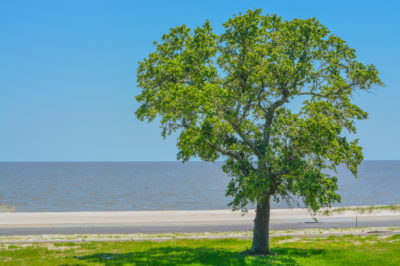Blog, What's Wrong With My Trees?
What Is Wrong With My Tree? Dutch Elm Disease
Dutch Elm Disease Is A Fungal Disease
 Dutch elm disease is a vascular wilt disease caused by the fungus Ophiostoma ulmi. It can enter the tree through wounds made by native elm bark beetles, European elm bark beetles, or root grafts.
Dutch elm disease is a vascular wilt disease caused by the fungus Ophiostoma ulmi. It can enter the tree through wounds made by native elm bark beetles, European elm bark beetles, or root grafts.
What Trees & Shrubs Are Affected By Dutch Elm Disease?
All American native elms are vulnerable, as well as European elms. Elms that have some resistance to the disease include Asiatic elms such as lacebark elm and Siberian elm, though they still have some chance of infection.
What Is The Lifecycle Of Dutch Elm Disease?
The lifecycle of Dutch elm disease is categorized into two phases, pathogenic and saprophytic. During the pathogenic phase, the fungus invades the elm’s xylem, or the woody tissue that conducts water, and spreads throughout the tree.
During the saprophytic phase, the fungi and beetles feed on the tree’s nutrients, robbing it of nutrients itself.
What Are The Symptoms Of Dutch Elm Disease?
The symptoms of Dutch elm disease can be seen in June or early July and include:
- Browning, curling leaves
- Leaf drop
- Branch dieback
- Brown staining under the tree’s bark when peeled back
If the tree is weakened, has a split trunk, or has more than 50% of its crown gone, the tree cannot be saved and must be removed. The best time to remove these trees is September through October to prevent shelter loss for nesting birds and squirrels.
Keep Your Trees Healthy To Prevent Dutch Elm Disease
Dutch elm disease can be devastating so if you have elms on your property, get them inspected by the ISA-certified arborists at Hansen’s Tree Service. Our arborists will inspect your trees for damage or infection and recommend a course of treatment and prevention.
